California wants more people driving electric cars and hopes having places such as Napa County add more public charging stations will fuel — make that spark — the demand.
“Widely available charging will reduce range anxiety and give drivers confidence that (electric vehicles) are as convenient to fuel as conventional cars,” a July California Energy Commission report said.
Support local news coverage and the people who report it by subscribing to the Napa Valley Register. Special offer: Subscribe for $5.99 per mo…
Electric vehicles accounted for 9% of California automobile sales for the first quarter of 2021, according to the nonprofit group Veloz. The state is betting that more charging stations will mean more electric vehicles on the road.
Napa County recently surveyed local public charging stations using a U.S. Department of Energy tally. It found 355 ports at 150 charging stations, many at hotels and wineries, but also in places ranging from Napa Premium Outlets to public parking lots.
The California Energy Commission would like the county to have more than triple this number of ports by 2025, though this is not a mandate. Zero-emission vehicles are a big part of the state’s effort to reduce greenhouse gas emissions.
People are also reading…
What local drivers think
The Napa Valley Register asked electric vehicle owners what they think about the county’s electric vehicle charging network. Answers poured in, too many to use in this article, though the newspaper thanks every respondent.
Nina Jack owns a 2019 Nissan LEAF and said she is happy with the freedom from buying gas and changing oil. Jack wants to see more public chargers in the city of Napa.
“Although there are 16 free chargers downtown, it is already not enough,” Jack said. “There are also two at Copia. The ChargePoint app shows when chargers are available, but I often narrowly miss them due to the number of EV owners today.”
More electric vehicles are coming into town all the time, she said.
Jack doesn’t have a charger at home for her LEAF, which has a range of about 177 miles, and she uses the downtown public chargers. She usually charges for about an hour to keep her car 60%-to-80% charged for use around town.
Grania Lindberg and her husband have a 2019 Chevy Bolt with a range of 200 miles. They have a charging station at their house and view the ones around town as being mostly for visitors.
Their charging challenge isn’t in Napa County.
“It has been a problem when traveling to remote areas,” Lindberg said. “We have also found that public stations frequently don’t work. I hope we get more and better charging stations when the (federal) infrastructure money gets out.”
Turns out, all things aren’t equal in the world of charging stations.
Level 1 chargers that come with the vehicles for home use provide 2-5 miles of range per hour of charging. As of 2020, less than 5% of the public ports in the nation were this type, according to the U.S. Department of Energy.
A Level 2 charger provides 10-20 miles of range per hour of charging. They can be installed at a home. More than 80% of public ports in the nation are of this type.
A DC fast charger can provide 60-80 miles of range per 20 minutes of charging. More than 15% of the public ports in the nation are this type, the Department of Energy reported.
Roger Provost is among the Napa County electric car owners who have installed a Level 2 charger at home. He and his wife have two electric cars — a 90-mile-range Fiat 500e and a 330-mile-range Tesla Model 3.
He installed a Level 2 charger for $1,000 and received a 30% federal tax credit. But this was a decade ago and he did the installation work himself. The website HomeServe last February said home stations installed by an electrician on average cost $1,200 in the nation.
“Charging at home without a level 2 charger is not practical because it would take a day or more to charge it,” Provost said.
He sees another issue besides whether Napa County can add more public charging stations.
“The question is how can homeowners, home and apartment renters and their landlords be motivated or incentivized to install EV chargers?” he said.
Chris Lundstrom has a Tesla Model 3. Charging overnight at home works great and a Tesla Supercharger station works well in a pinch on the road, Lundstrom said.
“But 90% of other EV chargers are pointless in real-world scenarios unless you can park your car and leave it charging for hours,” Lundstrom said.
He gets about three to four hours of driving on a full charge. That might cover 200 miles in the city and a lot more when driving to Disneyland at highway speeds.
"When I take long road trips like that, it usually takes one 20-minute stop at a supercharger to get enough range to make it the rest of the way to Disney again without having to stop a second time," he said.
Mike McClure lives in the Browns Valley area and owns a Tesla Model 3. He has his home charger and finds the Tesla Supercharger station at the Napa Premium Outlets to be convenient. He also appreciates having the Supercharger station on Devlin Road.
“I don’t utilize some of the other stations in the downtown area given the slower charge speed, but I suspect electric car tourists appreciate the alternatives,” he said.
State Sen. Bill Dodd, D-Napa, has a Tesla Model 3. He’s used it on trips all over the state.
“You can’t be lackadaisical about it — you’ve got to plan — but the infrastructure is there, and it’s getting better,” he said.
Then there are his trips through a Senate district that covers Napa and Solano counties and parts of Yolo, Sacramento, Sonoma, and Contra Costa counties. He charges to the maximum amount at his home station and finds stations on his travels. But unless there’s a fast charger, the rate of charge is pretty slow, Dodd said.
Saintsbury winery in the Carneros area is among the Napa County wineries with charging stations, in this case, two. When contacted by the Register, winery hospitality director Terry Peterson said they are popular with customers who have electric vehicles.
He recalled two instances when groups came to the winery not to taste wine, but to charge. They ended up joining the wine club.
“That was kind of an accident, but nice for us and them,” Peterson said.
For wineries, having electric charging stations has become more of a necessity than a nice-to-have extra, he said.
“Especially when you are in Napa,” he said.
At the beginning
Electric autos are hardly new to Napa County. Some residents had them at the dawn of the auto age more than a century ago, when it was still unclear whether gasoline or electric vehicles would be the mainstream.
Old newspapers tell the story.
"Mrs. R.P. Frisby is possessor of a handsome and fully equipped new Detroit electric car," the Aug. 23, 1913, Napa Daily Journal reported.
And in September 1916, 9-year-old Marion Treadway and 8-year-old Hazel Baldwin were run down on First Street in Napa by Mary Grove and her electric auto. Grove stopped and helped the injured girls, the St. Helena Star reported.
But gasoline-powered autos triumphed over electric autos in the early 20th century. Gas stations, and not charging stations, appeared all over the landscape.
Napa County's public charging station odyssey started in November 1999, when electric autos began to reemerge.
The Napa Valley Register reported then that the first station in the county had been installed at the Napa Premium Outlets. Luis Nieves charged his General Motors EV1.
"I love it," he told the Register. "It's quiet. I never pay for gas. It's great."
The EV1 could go from zero to 60 mph in under nine seconds. It had a range of 50 to 90 miles, though newer models had a range of 130 miles.
General Motors leased the EV1 to customers and took them back in the early 2000s and crushed them. Various public charging stations in coming years deteriorated. A notable documentary on the topic was 2006's "Who Killed the Electric Car?"
But the electric car wasn't dead. The emergence of the electric LEAF and Tesla and other cars and plug-in hybrids more than a decade ago rekindled the public charging station movement.
A big jump needed
The Napa County Climate Action Committee looked at the electric vehicle charging station situation during its meeting on Nov. 19. The committee has elected officials from the county and its cities and town.
“There’s a big jump we need to make between now and 2025,” county Environmental Resource Specialist Deborah Elliott said. “There’s another big jump we need to make between 2025 and 2035.”
Napa County and its communities have 150 charging stations, many with multiple ports. They have 312 Level 2 ports and 43 fast-charging ports.
To keep up with state goals, the county and its communities need to have 1,287 Level 2 ports and 63 fast-charging ports by 2025. Buying and installing a Level 2 public charging station can cost several thousand dollars and a fast charger tens of thousands of dollars.
County Planning, Building and Environmental Services Director David Morrison compared the situation to 1910, at the dawn of the auto age, when gas stations were needed to meet future demand.
At this time, the only source of funds to assist with new charging stations is a program by Marin Clean Energy. It provides a rebate of up to $3,000 for each charging port, between two and 20 ports, a county report said.
Elected community leaders on the Climate Action Commission discussed what might be done.
County Supervisor Alfredo Pedroza expressed concern about accessibility. It’s great to have charging stations at wineries and hotels. But businesses need to be convinced to have charging stations.
“We're competing with gas stations,” Pedroza said. “Gas stations are very accessible and convenient.”
From the public, Christina Benz of Napa Climate NOW! said the most visited places in the county are the Walmart Supercenter shopping center in American Canyon and Bel Aire Plaza in the city of Napa. She'd like to find a way to fund up to 20 charging stations at each site.
“That would be whammo, 40 chargers people would have easy access to,” she said.
In Napa County, American Canyon has five public charging ports, Calistoga 16, the city of Napa 122, unincorporated Napa 175, St. Helena 23, and Yountville 14.
“I’m particularly chagrined because American Canyon has remarkably few, which I don’t like to acknowledge, but it’s true,” American Canyon City Councilmember Mark Joseph said.
He noted the planned Hampton Inn will triple the total but added that’s not enough.
“It’s also clear to me the county will need a larger supply of electrical power to put into all of these batteries and all of these cars that are going to be required at a certain point,” Calistoga City Councilmember Gary Kraus said.
Yountville Mayor John Dunbar asked what happens if the community is completely reliant on electricity and loses electricity.
The Climate Action Committee took no action. The state has put a goal before Napa County to increase the number of charging stations. Whether and how that comes about remains to be seen.
Making spirits bright: A look at Napa's LIghted Art Festival 2020 by video master Tim Carl
Barry Eberling's memorable Napa Valley Register stories from 2021
Here are Napa Valley Register reporter Barry Eberling's memorable stories of 2021, from mysterious ruins in wetlands to a 1970s subdivision seeing its first million-dollar homes.
A concrete shell of a building amid Napa County's marshlands once was the place where radio workers tracked Soviet Sputniks and picked up the …
Berryessa Highlands is a small, rural community near Lake Berryessa that lost a third of its homes to the 2020 Hennessey Fire. The community f…
Workers in 2021 reconfigured the Highway 12/Interstate 80 ramp to try to end some of the region's biggest traffic backups.
It's a jolt to old-timers when their Napa subdivision has two homes sell for a million dollars.
Napa County is a amid a deep drought, even as Lake Curry reservoir in a remote corner sits unused. Why?
Catch up on Napa County's top news stories
Get unlimited digital access to the Napa Valley Register for just $1 for your first 6 months! Enjoy every article without restrictions and find tons of subscriber-only perks, such as access to our daily eEdition. Click here for details!
The founders of Bleating Hearts Farm and Sanctuary have been hard at work to build new animal enclosures after the structures were found out o…
A body found in the Napa River last week was identified by the Napa County Coroner's office Wednesday as Crystal McCarthy. Her cause of death …
Napa Fire Department rescued two canoers from a slough on a stormy Christmas Day.
This Napa church and property in Alta Heights is for sale. What do you think should replace it?
After NVUSD unanimously vetoed a petition to open the Mayacamas Charter Middle School, those in support of the school have filed an appeal reg…
In a valley with over 500 wineries and countless others across the country and globe, it is getting harder and harder for independent winemake…
By replanting a portion of its property to grow feed for the various animals on the farm, Connolly Ranch will not only be teaching the next ge…
After wildfires ripped through Napa Valley, Stu Smith of Smith-Madrone Vineyards was thanking his lucky stars for the trees that somehow dodge…
The city of Napa, with the return of tourism, is in a strong economic place heading into 2022. But the omicron variant may dampen the local re…
Lake Curry is a reservoir in Napa County owned by Vallejo that hasn't been used since 1992.
See photos: Calistoga Farmers' Market through the years
See photos of Calistoga's Farmers' Market through the years.
Vendor booth decoration contest, winner 2014
Mother Melania, right, and Mother Tabitha of Holy Assumption Monastery were the winners in the Independence Day vendor booth decoration contest at the Calistoga Farmers Market in 2014. Vendors were judged on the booth decor, their attire and overall spirit. JVL Gardens came in second and Mossy Oaks Farm was third. For their victory, the nuns received three fee-free days at the market for their stand, which sells cookies, cakes and other goodies.
You can reach Barry Eberling at 256-2253 or beberling@napanews.com.
"electric" - Google News
January 09, 2022 at 02:00AM
https://ift.tt/3nbAk4T
State wants more Napa County electric car charging stations - Napa Valley Register
"electric" - Google News
https://ift.tt/2yk35WT
https://ift.tt/2YsSbsy
Bagikan Berita Ini

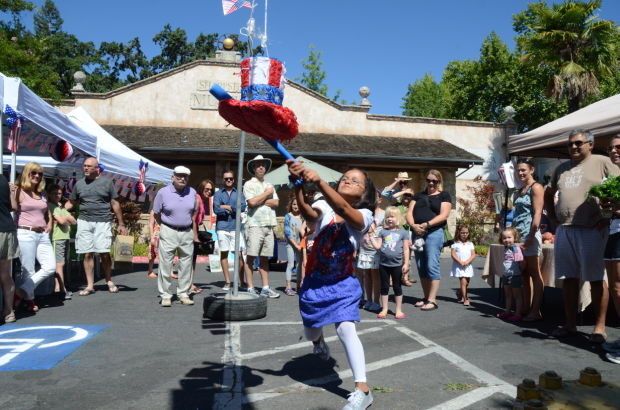

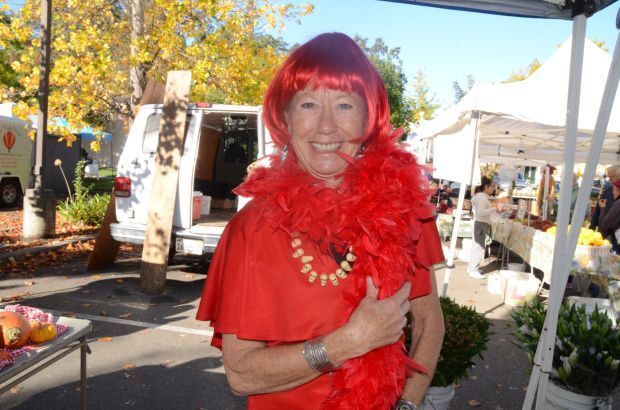
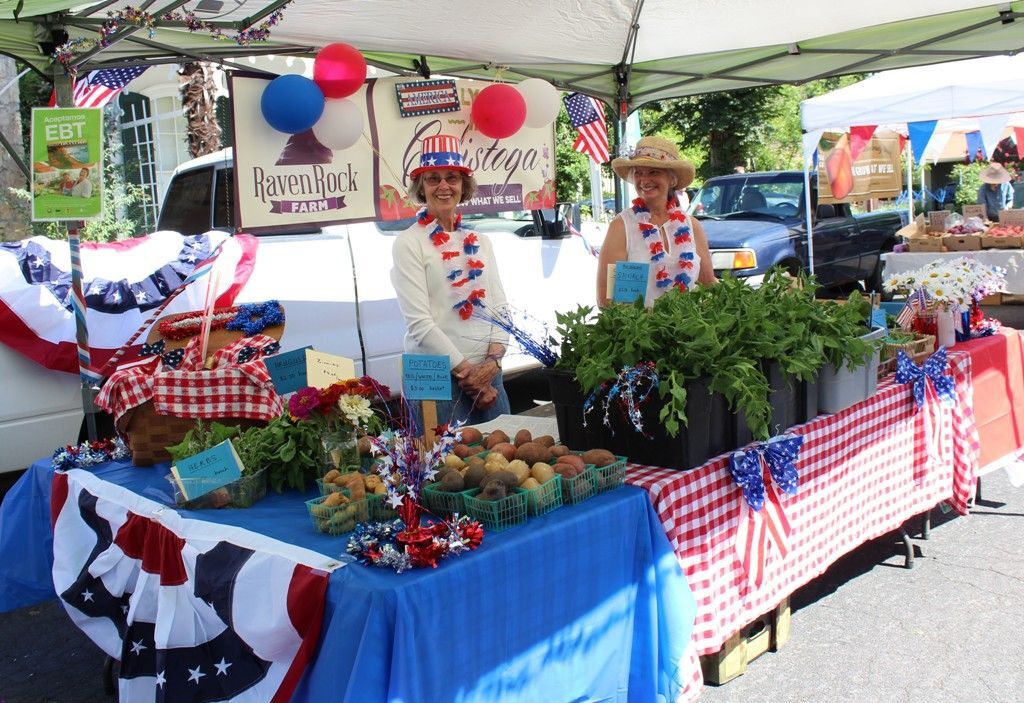
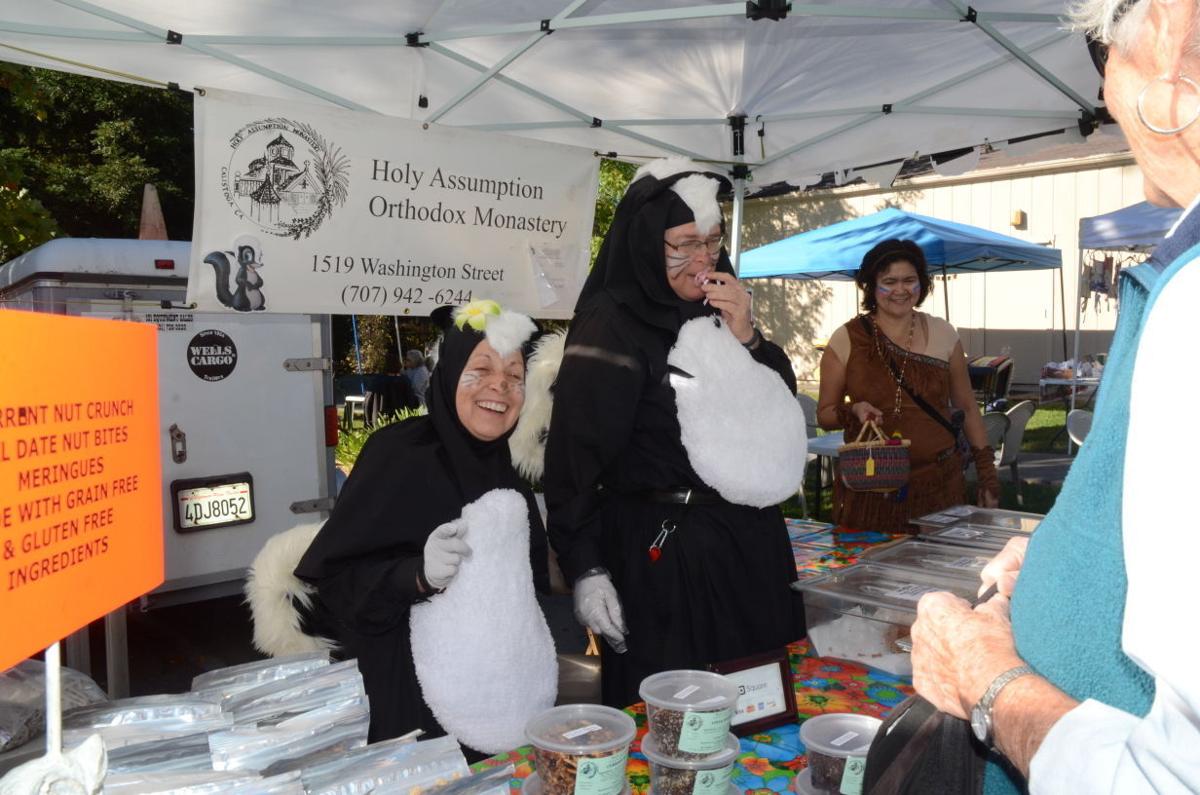
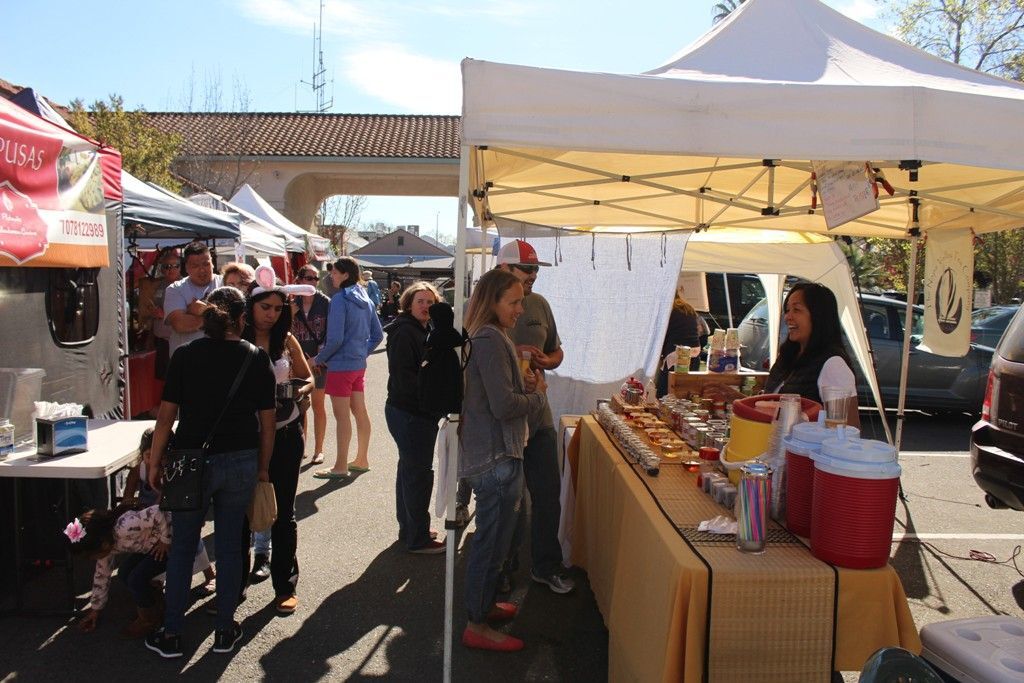
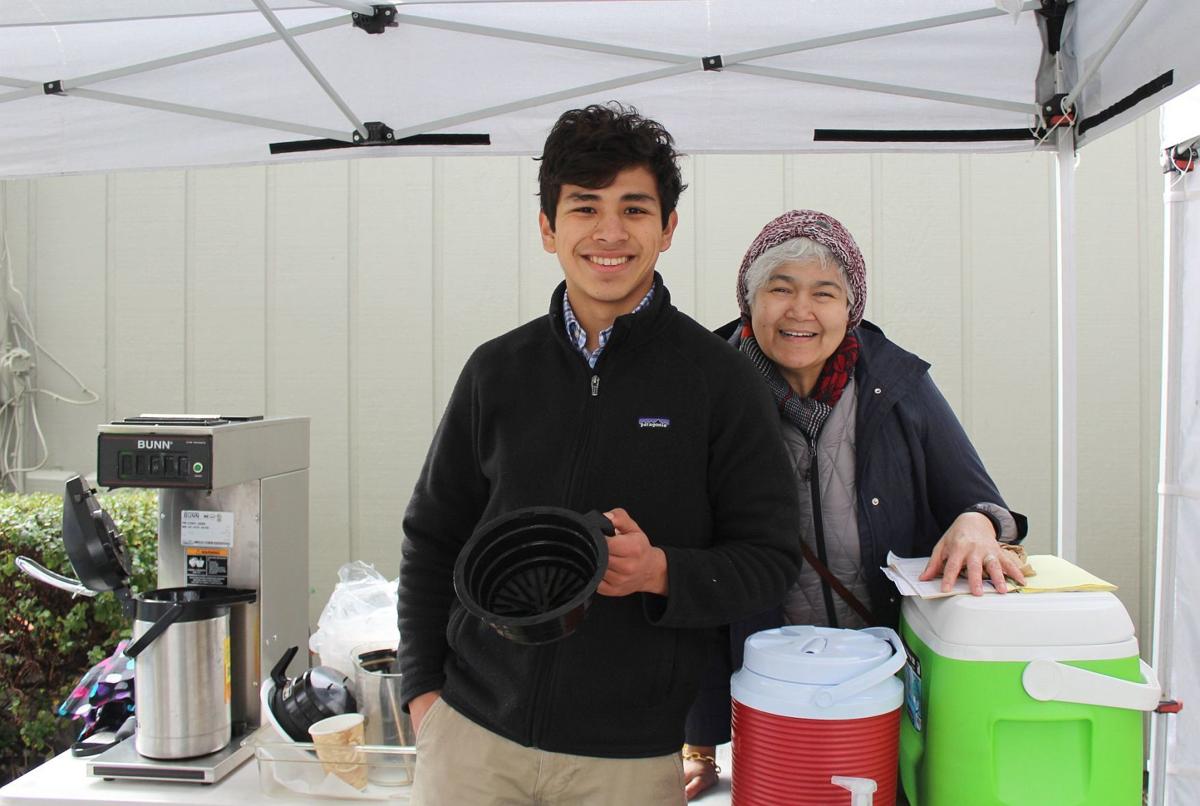
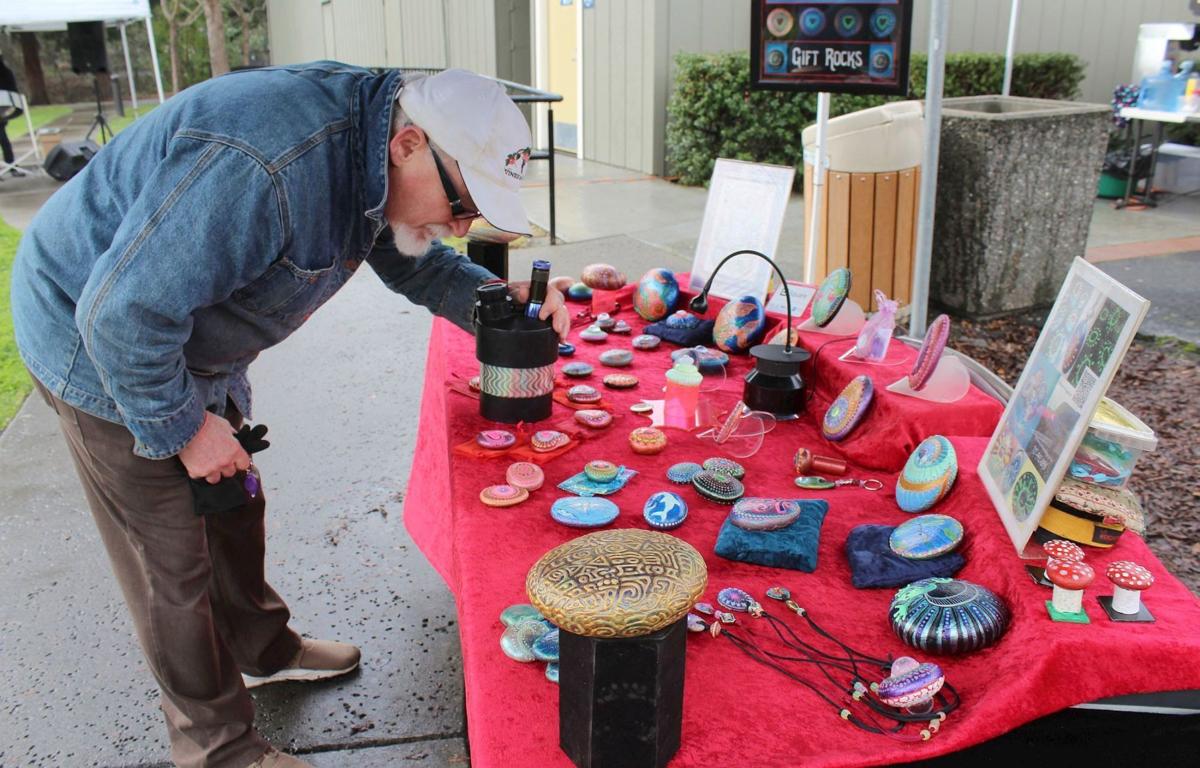

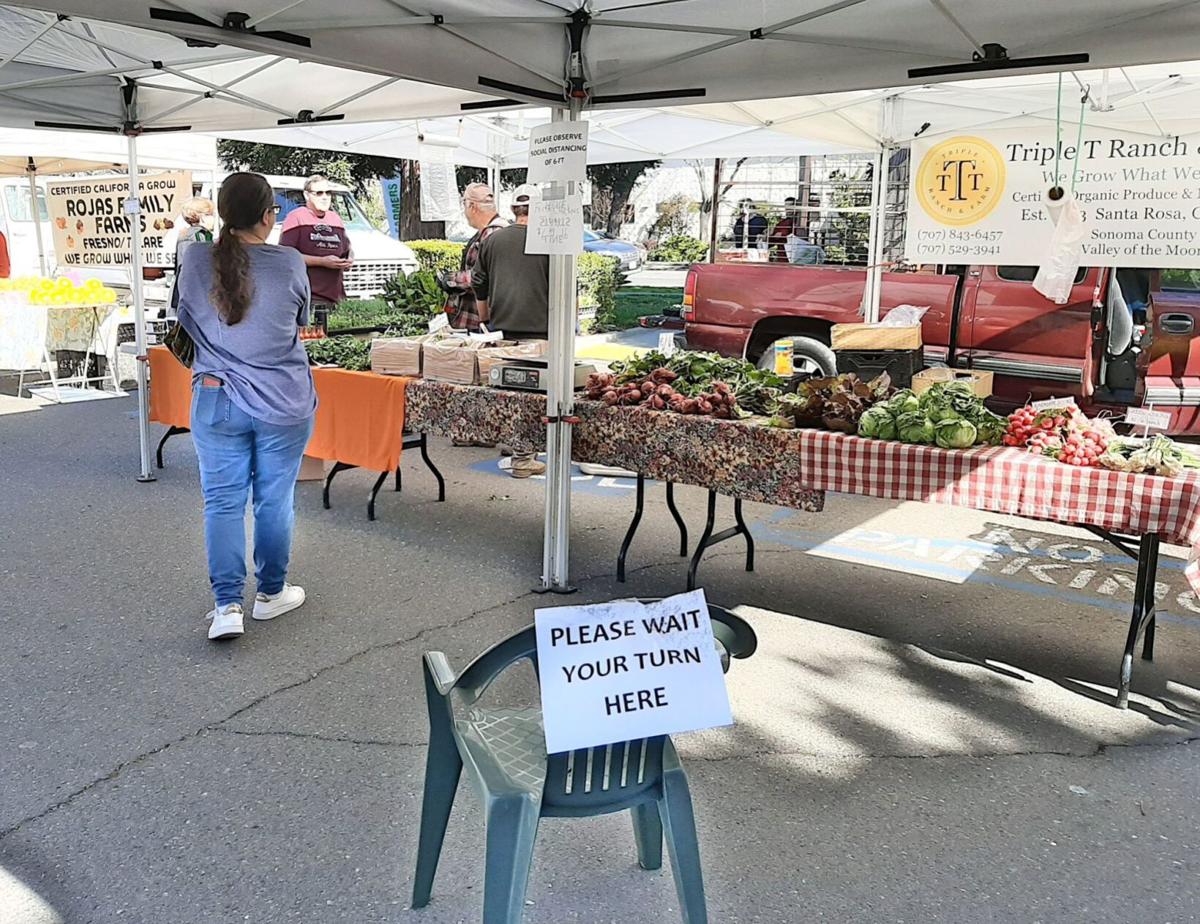

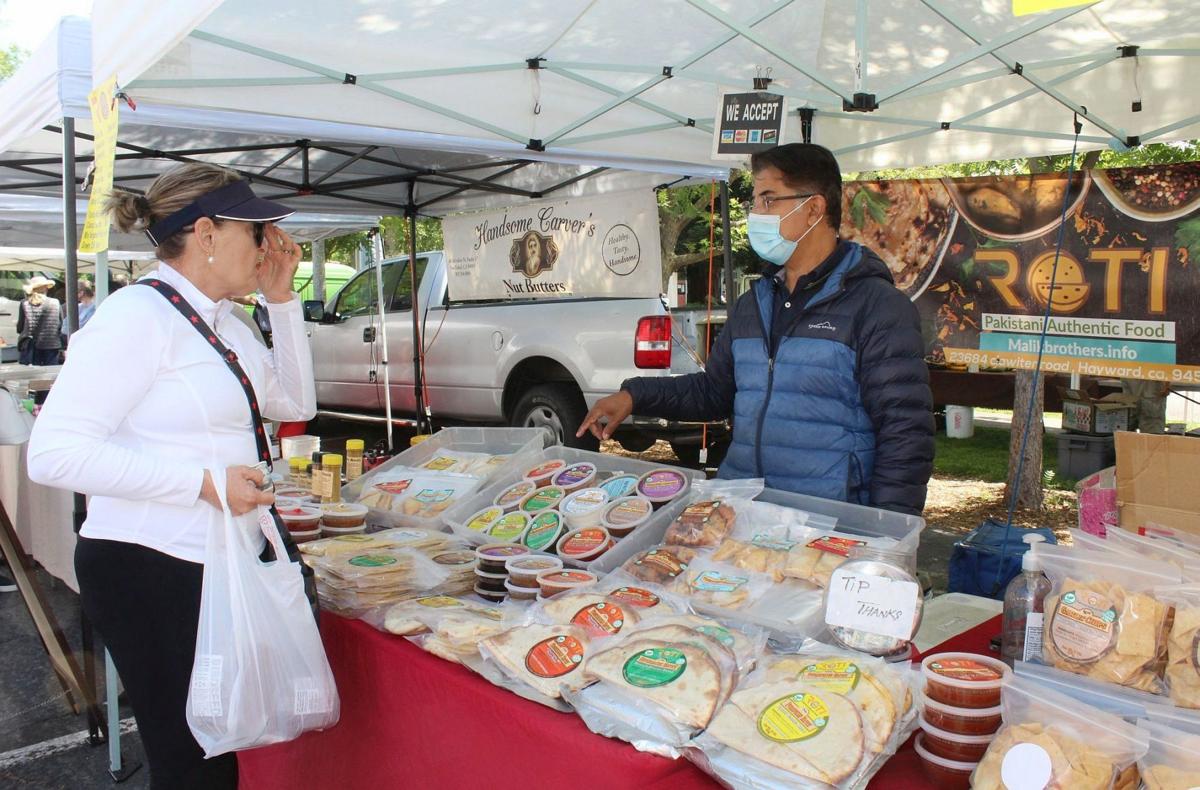
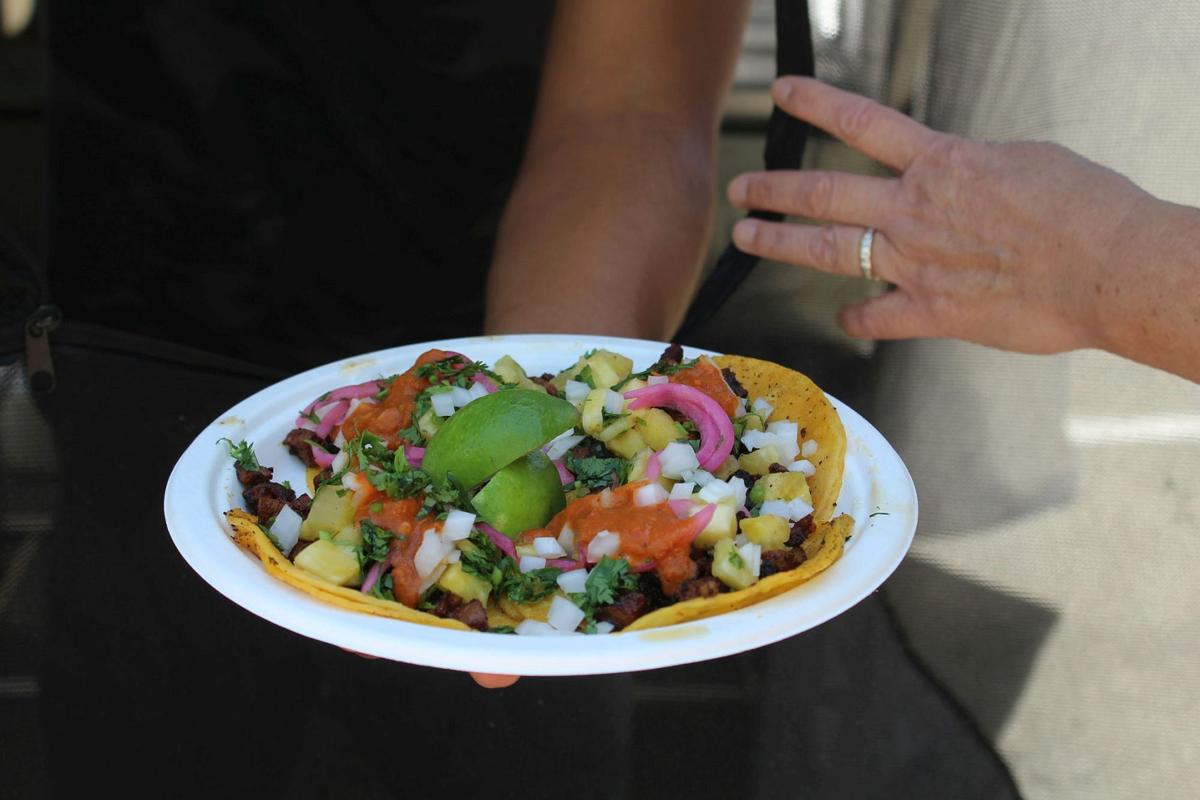














0 Response to "State wants more Napa County electric car charging stations - Napa Valley Register"
Post a Comment